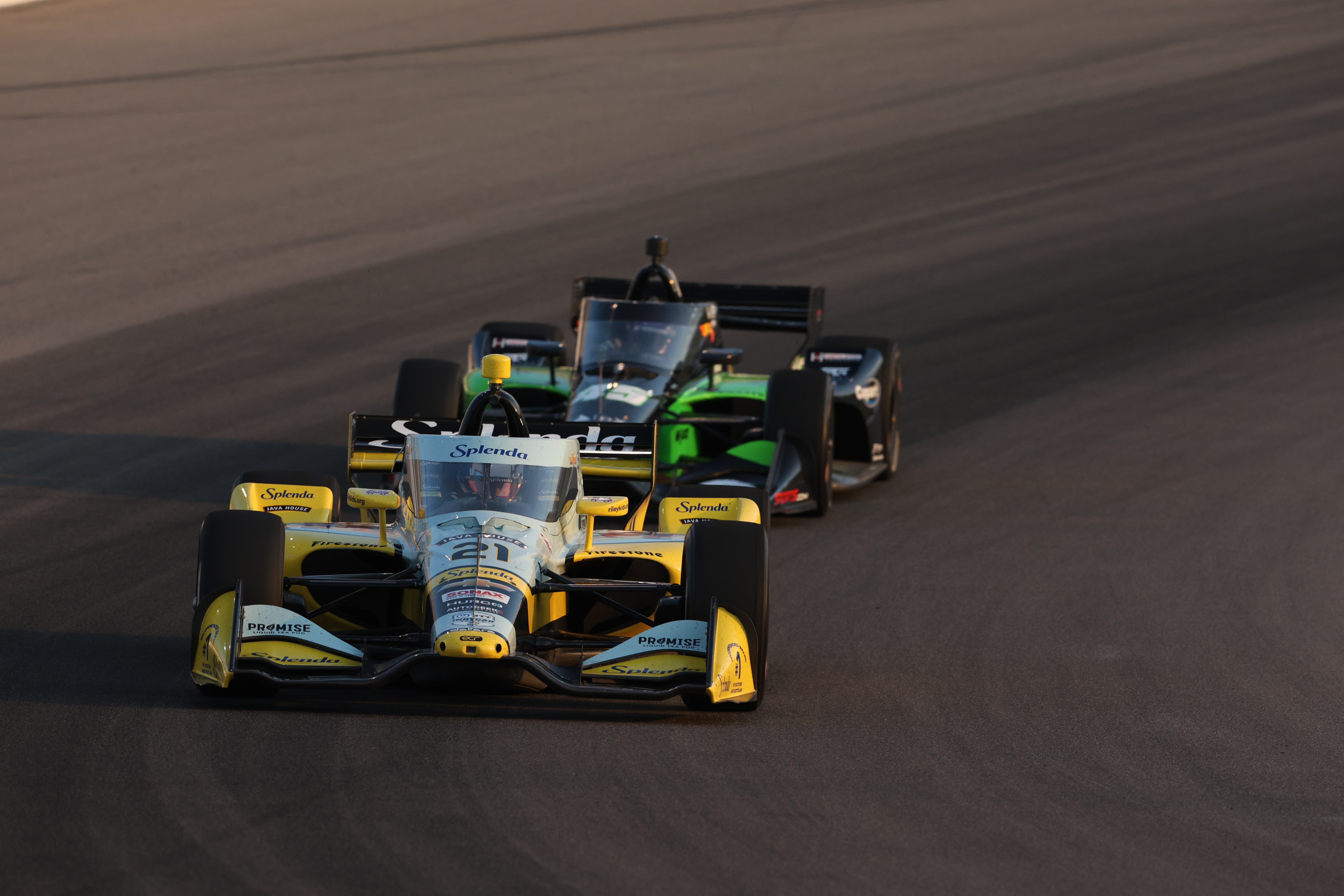How F1 evolved into a multi-billion-dollar entertainment empire
- Eleni Spivey

- Jul 1
- 4 min read
Written by Eleni Spivey, Edited by Meghana Sree

In the 1980s, Formula One was financed by tobacco companies and watched by purists. Today, however, in the age of social media, F1’s popularity has surged to new heights and shifted into a global entertainment empire worth billions. Today, the glitz and glamour of the paddock stand in stark contrast to the traditional ways of this beloved sport.
Ever since the first F1 Grand Prix was held at Silverstone on May 13, 1950, the sport has been an enormous spectacle. But back then, it was fragmented, expensive and dangerous. Constructors relied on wealthy privateers or their own road car sales for funding, while drivers were not the wealthy celebrities we see today. Instead of financial power, the sport relied on pure passion. Success was measured by driver bravery and engineering innovation.
There was little to no broadcasting strategy and fans mostly followed along through radio or newspaper summaries. As a result, the global audience was lacking; there was no broadcast revenue and sponsorship was nearly non-existent. With little funding from F1 itself, teams struggled to turn a profit and continue their racing endeavours.
However, in the late 1960s, Lotus signed a deal with the cigarette brand Gold Leaf, marking the beginning of commercial liveries in F1. These tobacco companies understood that they could sell a lifestyle, making their products synonymous with victory. Roughly 80% of constructors’ funding came from sponsors who recognised the power of these moving billboards.

Bernie Ecclestone went a step further, garnering himself the nickname the “F1 Supremo”. With Ecclestone’s establishment of the Formula One Constructors Association (FOCA) in 1974, a new quota of professionalism was established and F1 became a serious business. Not only did he secure the sport’s television deals and commercial rights, but he turned F1 into a global powerhouse that drove boundless revenue.
This was enormously successful in the 1980s, 1990s and 2000s. Of course, powered by the personalities of Ayrton Senna, Alain Prost and Nigel Mansell, F1’s rise in popularity seemed unstoppable.
However, soon enough, social media began capturing the attention of younger generations and Ecclestone’s refusal to expand beyond television impacted their viewership. F1 was elite, not relatable.
In a famous interview with Campaign Asia Pacific, he described these social media platforms as “nonsense” and didn’t see the value in attracting young fans. Success in the digital world relied on personalities, access and authenticity, which were severely lacking in F1. While the sporting likes of the NFL and MotoGP shared highlights and viral content, F1 remained silent online under Ecclestone.
When Liberty Media took over in 2017, a new visual identity for F1 was moulded. A Grand Prix weekend was no longer just two hours of action on a Sunday but a festival-like experience to be savoured through Fan Zones and live entertainment. At home, viewers connected to drivers and teams through an increased focus on social media presence.

Breaking into the American market was the next significant move and it came in the form of Netflix’s Formula 1: Drive to Survive (DTS). The hugely successful docuseries has boosted F1’s popularity to an unprecedented level. It leverages the emotional connections people form with human stories. The show saw figures like Daniel Ricciardo and Guenther Steiner become household names, while attracting a younger and more diverse audience.
In particular, the influence of the US market has been significant in recent years, as evidenced by a doubling of ticket sales at the Circuit of the Americas between 2018 and 2022, as well as the extravagance of the Miami and Las Vegas Grands Prix. Today, F1 is among one of the world’s fastest-growing sports, generating $3.4 billion in revenue in 2024, compared to 2018’s $1.83 billion. F1 is no longer just about selling the action – it’s about selling a story.
Certainly, the newly released F1: The Movie will be paramount to it all. After two years of unique behind-the-scenes access to one of the world’s most popular sports, Hollywood is bringing a new dimension to the business of F1.
Already, Apple’s original film is making substantial gains at the box office. While reviews have been mixed, it’s undeniable that the on-screen thrills are eye-catching to newer audiences. Not to mention, the star-studded cast, led by Brad Pitt, will draw in millions.

It aligns with the newer marketing strategies implemented by Liberty Media, which truly focus on the people behind the car. Fans don’t simply support a team – they support a person: Max Verstappen, Lando Norris, Oscar Piastri, Lewis Hamilton.
Transforming these personalities into stars has expanded the sport’s presence beyond the racetrack, creating meaningful touchpoints for fans and sponsors. This has directly translated into an increase in brand loyalty, sponsor value and social media reach.
A recent example is the gradual takeover by LVMH, whose products can be found at every inch of the paddock and are driving millions of dollars into the sport. This partnership exemplifies F1’s value in attracting attention and building its cultural relevance – concepts essential to thriving in the modern attention economy.
From selling machines to selling human emotions, F1 has evolved into a multimedia empire driven by storytelling, social media and star power. The F1 of today benefits hugely from the sport's transition into mainstream culture. Through its increased online presence, booming ticket sales, the popularity of DTS and the hype surrounding the new film, F1 is no longer a simple on-track battle but a billion-dollar brand built to thrive in the digital world.










Comments